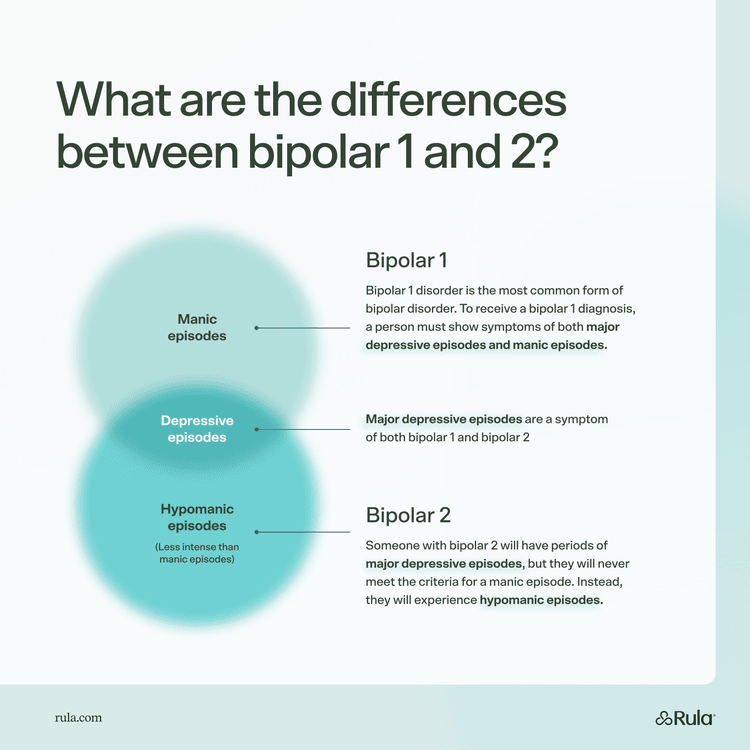Before we delve into my experience, we should probably establish what I’m talking about when I say I have bipolar disorder.
There are plenty of stereotypes around bipolar. It’s all about being up and down all the time, being excessively creative, going on massive spending sprees and then feeling so depressed that you binge on alcohol and crash your car, right?
I’ll address each of these stereotypes in future posts, but as for the spending sprees and the drinking, these behaviours can be associated with bipolar disorder, but not everyone who experiences bipolar has such extremes.
Once I knew I was entering hypomania because I bought not one but two fancy magazines. Once I bought some house insurance I didn’t need. That’s about the extent of my spending sprees even though I have been extremely manic.
But I’m getting ahead of myself. Let’s discuss what exactly the terms bipolar disorder, depression, hypomania, mania and psychosis mean.
What is bipolar disorder?
Bipolar disorder used to be known as manic depression before it got a rebrand.
It is a serious mental health condition that affects mood. We are not just talking about feeling a bit happy and a bit low sometimes.
Everyone has mood fluctuations but people with bipolar disorder experience more extreme mood fluctuations that disrupt their daily lives.
Bipolar disorder is classified as a disability and protected under the Equality Act. That means that I am officially disabled, although you wouldn’t necessarily know it.
I have an ‘invisible disability’, unless I’m manic and then you’d probably be able to tell something was wrong.
Hypomania, mania, depression and psychosis
People with bipolar disorder may experience:
Feeling high (hypomania or mania)
Feeling low (depression)
Psychosis (loss of reality – this can be present in both depression or mania)
What’s the difference between hypomania and mania? If you have hypomania you experience an elevated mood that may be noticeable, but you may be able to carry on with normal everyday activities and you don’t have psychosis. It lasts four days or more and is in theory shorter than mania, although in my experience it can be quite long.
Mania is where the mood elevation is more extreme and intense and it causes disruption to daily activities. It can also include psychotic features like hallucinations and delusions. It lasts a week or more.
Depression is the one that more people will be familiar with. It is defined by low mood that lasts for weeks or months and affects daily life.
Psychosis refers to when you don’t know what’s real and what isn’t and have hallucinations, delusions and what they call ‘disordered thinking and speaking’. For me, this the worst and most terrifying state to be in.
Bipolar I vs Bipolar II and Cyclothymia

Whether or not you experience mania or hypomania is what will get you a diagnosis of Bipolar I or Bipolar II.
To be diagnosed with Bipolar I you have to have had at least one episode of mania that lasted more than a week and you may have experienced depressive episodes.
To be diagnosed with Bipolar II you need to have experienced at least one episode of hypomania that lasted at least four days and at least one depressive episode.
There’s also Cyclothymia, where you experience hypomania and depression over the course of two years but your symptoms are not extreme enough to be classified as bipolar.
And there are other types, like Rapid Cycling (when you have four or more episodes per year) or Bipolar with mixed features (when you feel both high and low at the same time).
Which one am I?
I have Bipolar I. Lucky me.
In this newsletter, I plan to be open about bipolar disorder to smash the stigma surrounding it.
I’ll be exploring what having bipolar means to me and how it affects me. I’ll be sharing more about the symptoms of bipolar, what it’s like to be sectioned, what it feels like to have psychosis and how I deal with all of this on a day to day basis.
Subscribe to Mood Disorderly to read all about it.
For more resources on bipolar disorder, see Bipolar UK and Mind.





